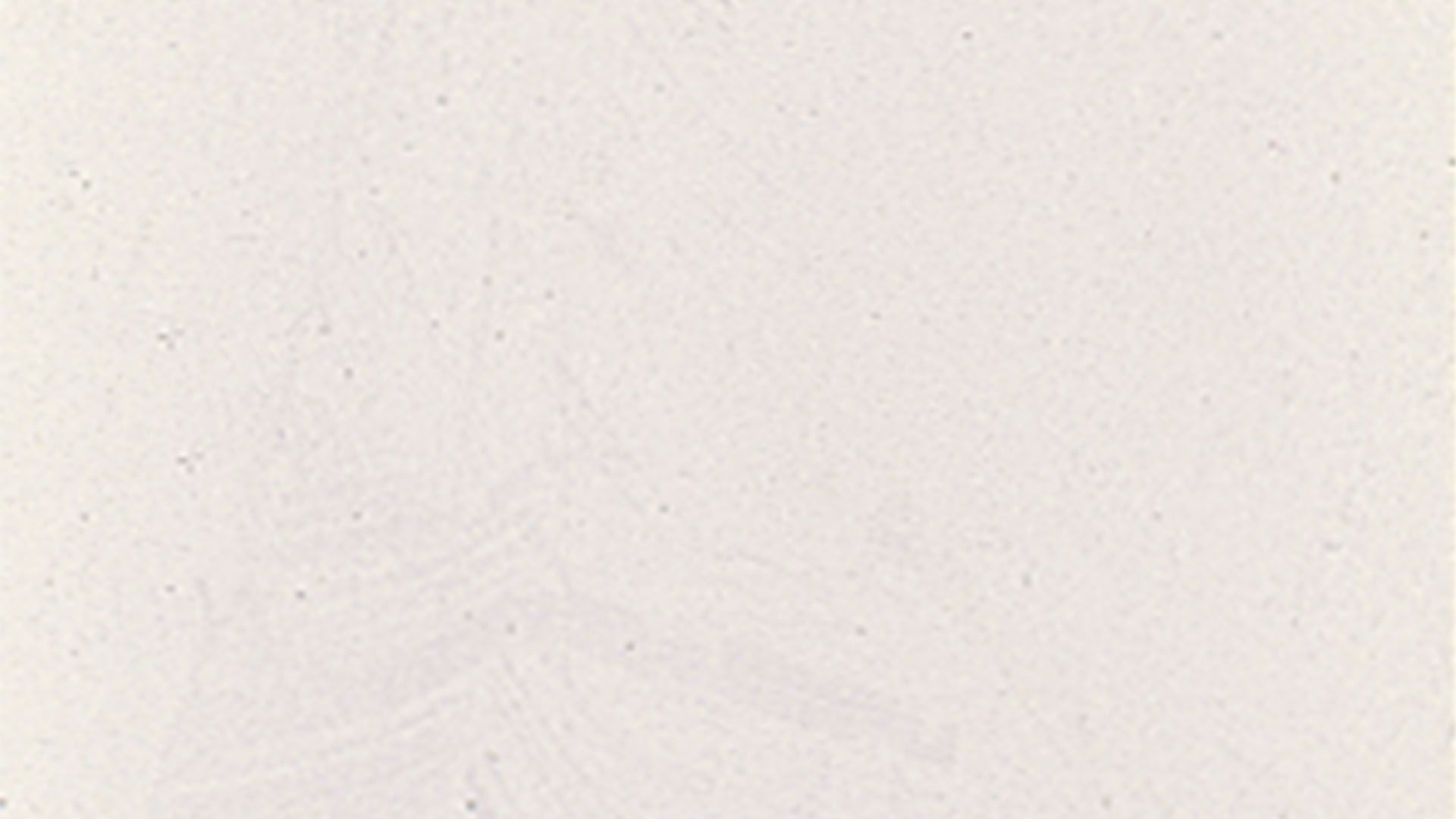MARGARET HONDA
PROGRAMME
Domus | Thursday June 6th | 11:00 am | Free entry to all venues until full capacity. It will not be possible to enter the venues after the screening has started.

WILDFLOWERS
Margaret Honda | 2015 | USA | 16 mm | 3 min
Wildflowers is shot in 16mm on two fifty-foot Kodachrome magazines. Since Kodachrome color processing ended in 2010 it is only possible to develop it as black-and-white negative, rather than color positive. I set up ten-second shots of different wildflowers that bloom every year in Southern California. Like the Kodachrome itself, the flowers would be drained of the color that is their primary attribute. The negative stock, fifty years past its expiration date and suffering from base degradation, was returned from the lab with no discernible image on either roll. A description of each flower’s color and structure is read by a narrator at the moment when it would have appeared on-screen. The film is a record of something that is disappearing on something that has already disappeared. (Margaret Honda)
Print courtesy of the Margaret Honda Collection at the Academy Film Archive.

COLOR CORRECTION
Margaret Honda | 2015 | USA | 35 mm | 101 min
Color Correction was made only from the timing tapes for a conventional narrative film, omitting the corresponding film original. The result is a film without images or sound that consists of a succession of different colors, each corresponding to the length of a shot. The story that had determined those lengths has disappeared. (Margaret Honda)
Print courtesy of the Margaret Honda Collection at the Academy Film Archive.

SPECTRUM REVERSE SPECTRUM
Margaret Honda | 2014 | USA | 70 mm | 21 min
Spectrum Reverse Spectrum is a cameraless film made by exposing 70mm print stock to precisely calibrated colored light in a film printer, resulting in a uniform field of color with no frame lines. Moving gradually through the visible light spectrum from violet to red, then back to violet, the colors’ relative densities and durations follow those in the spectrum itself. Symmetrical in its construction, it is the same film shown starting from either end. (Margaret Honda)
Print courtesy of the Margaret Honda Collection at the Academy Film Archive.
MARGARET HONDA
MAXIMALIST MINIMALISM
The first film by Margaret Honda (San Diego, 1961), Spectrum Reverse Spectrum, is from ten years ago (2014) and is made in 70 mm. Who would have thought of using the biggest, most spectacular film format to get started in cinema? With no intention of setting her sights on an epic, Honda simply saw in 70 mm a material with which to carry out an idea that arose following a long career dedicated mainly to sculpture (which continues today). No camera was used to make this film, and Honda bluntly states that she doesn’t know how to load a film camera. The fact is that Honda’s work with cinema has nothing to do with artisanal handling of the material, but with thinking about it, and what it means in the 21st century to approach photochemistry and its processes, which are the true stars of her films.
The programme we are presenting consists of three films: Spectrum Reverse Spectrum, Color Correction and Wildflowers, in 70 mm, 35mm and 16mm respectively, covering nearly the entire spectrum of photochemical film available. Spectrum Reverse Spectrum and Color Correction deal with the laboratory’s colourimetry processes which, emptied of all content, go from being invisible to being the very theme of the film. Wildflowers, meanwhile, deals with the impossibility of obtaining images from a type of emulsion that can no longer be developed anywhere. All of these films address the materiality of cinema from this side of history when the photochemical medium in an industrial setting seems to be heading towards an obsolescence from which it can only be saved by the money and extravagance of filmmakers like Nolan, PT Anderson and Tarantino. So it is that Honda’s work does not seem to consider celluloid through nostalgia or the past, but rather through the curiosity of someone who approaches conventional procedures designed for commercial films with new eyes. In a way, one could think of Honda’s cinema as bringing the ideas of material-structuralist filmmakers up to the present, but with a detached refinement and clear conceptual roots.
Spectrum Reverse Spectrum consists of a 70 mm roll exposed to light coloured in an optical printer in gradual variations that cover the entire visible spectrum the machine is capable of producing on going one way, then the other. The film can only be screened in its original format, and the presence of a cinema hall in its most classic version is part of the viewing experience. That is how she explains it herself, in an interview with Jordan Cronk for Reverse Shot, MoMI’s online publication: “I did envision it as a cinematic experience. And that’s important for several reasons. One is that I was really thinking about the film as coming out of a whole ecology of how it would be produced. So first the lab itself. But also because it’s such a difficult film to project––not only do you need a 70 mm projector, but you need a proper screen, one that’s not super high gain––also someone who knows how to operate the projector. So I was thinking about all of these people and the relationships between the equipment, the materials––all of that needs to be in place in order for you to see this film. The film is never going to be transferred to digital. It always has to be shown as film, and it was constructed as a palindrome, so it could be shown from either end, and you can’t really do that with digital.”
It has been described as a film that transports us to the purest idea of cinema, and although the minimalism of its proposal leads us to envision a glacial result, those who have seen it describe it as a sensory and sensual experience.
Color Correction goes one step further, stemming from the basic idea of Spectrum Reverse Spectrum, which appeals to the laboratory’s colourimetry processes. In commercial cinema films there is a process called colour grading, which involves balancing the colour and light of each shot so that there is continuity between all of them (the colour’s temperature and the tone of the light can change between shots in the same sequence). To be able to do this by means of analogue processes, the laboratory has to create what is known as a “timing tape”, a colourimetry synchronisation tape that is used to give orders to the optical printer regarding the colour of the light that has to be emitted at all times in order to obtain a copy with balanced, uniform colour. For Spectrum Reverse Spectrum, the laboratory had to create a timing tape, and this is what gave Honda the idea. What she does in Color Correction, then, it is to go back to the idea of something ready-made or a found object, since what we see on the screen are the colourimetry orders from the timing tape of a commercial film, but without the film. The duration of Color Correction is given by that film (whose title we do not know). Of course, the film uses industrial cinema’s standard format, 35 mm. On the other hand, on seeing it, the ingenuity of Honda’s work exhibits the almost metaphysical depth of thinking that its basis is fictional, with the implicit possibility and impossibility of imagining the sequences that gave rise to those colorimetric orders. Found footage cinema has thus gone one step further.
Honda’s thinking based on this gets extended by other means: in her recent 6144 × 1024 (2018) she plays with these terms in the digital, using their processes thanks to a generative program that creates all the possible combinations of intensity, light and colour that a digital projector can provide, and does so live.
The filming crew of Spectrum Reverse Spectrum and Color Correction are therefore the technicians at the FotoKem laboratory in Burbank, California (one of only two laboratories in the world that work with 70 mm), who are the ones Honda has entrusted to materialise the gestures implied by these two films. The third movie we are showing, Wildflowers, alludes in another way to the obsolescence we were talking about before, since it was filmed on two expired rolls from the now extinct Kodachrome reversible film stock, which today can only be developed as a black and white negative. This means using an emulsion well known for its colour, while knowing that said colour would not be there, yet filming a colourful motif such as flowers. The outcome could never have been predicted by Honda, and that is precisely what matters in this film that speaks of a disappearing world with not a hint of sentimentality.
Hence, we can see that in Honda’s cinema, beyond the results, what counts is the thought giving rise to the gesture, and the rigour of a proposal which, in these three films, takes minimalism to its most magnanimous expression as a cinematographic experience.
Elena Duque
